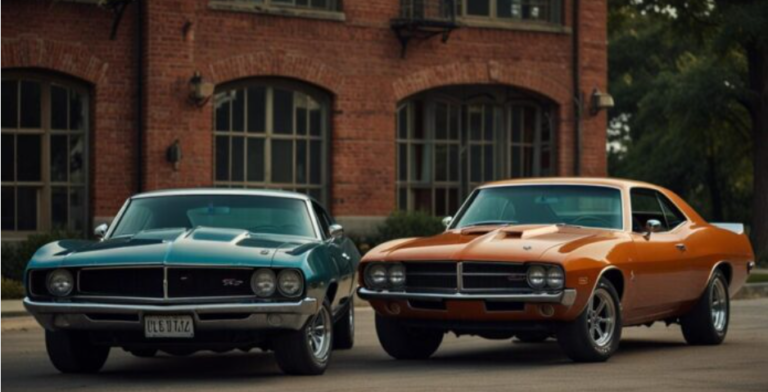Wide Barefoot Running Shoes: Feel the Ground Beneath Feet
When it comes to running shoes, the trend toward minimalism has gained momentum over the years. Barefoot running shoes, designed to provide a more natural and ground-feel experience, have become increasingly popular among athletes. Whether you’re an avid trail runner or simply enjoy a casual jog, finding the right pair of wide barefoot running shoes can significantly impact your comfort and performance.
The Evolution of Wide Barefoot Running Shoes
Wide Barefoot running shoes have come a long way since Vibram’s FiveFingers first pioneered a novel approach to trail running about 18 years ago. Boosted by Christopher McDougall’s bestselling book “Born to Run” in 2009, the enhanced ground-feel sensations offered by barefoot running quickly gained a devoted following. Athletes sought out shoes that mimicked the feeling of running barefoot, with minimal cushioning and a closer connection to the terrain.
What Makes a Great wide Barefoot Running Shoes?
Before diving into our top picks, let’s consider what makes a great barefoot running shoe, especially for those with wide feet:
-
Toe Box Space:
Wide feet need room to breathe. Look for shoes with a spacious toe box that allows your toes to splay naturally.
-
Zero Drop:
A zero-drop design means the heel and forefoot are at the same height, promoting a more natural running style.
-
Minimal Cushioning:
Barefoot shoes typically have minimal cushioning to enhance ground feel. However, some models strike a balance between comfort and responsiveness.
-
Traction:
Good traction is essential for both road and trail running. Look for outsoles that provide grip on various surfaces.

Top Picks for Wide Barefoot Running Shoes
-
Best Overall: New Balance Fresh Foam X 1080v12
– Designed for slightly wider than average feet, the Fresh Foam X 1080v12 offers extra space in the toe box.
– Full-length cushioning provides a balance of soft comfort and springiness.
– Excellent traction for road, sidewalk, and trail running.
-
Best for Racing: Hoka Clifton 9
– Lightweight and bouncy, the Clifton 9 is ideal for speed and racing.
– Wide toe box accommodates different foot shapes.
– Responsive cushioning for a smooth ride.
-
Best for High Mileage: Asics GT-2000 11
– A reliable daily trainer with ample cushioning for long-distance runs.
– Available in wide sizes for those needing extra room.
– Stability features for overpronators.
-
Best for Classic Style: On Cloudstratus
– A sleek design with dual CloudTec cushioning pods.
– Suitable for both road and trail running.
– Wide options available.
-
Best for Sustainability: Brooks Adrenaline GTS 22
– Made with recycled materials, the Adrenaline GTS 22 combines eco-consciousness with performance.
– Provides stability and support for wide-footed runners.
– Durable construction for extended use.
-
Best Sandals: Altra Women’s Lone Peak 7 Trail Running Shoe
– For those who prefer a more open design, the Lone Peak 7 sandals offer breathability and flexibility.
– Wide toe box and zero-drop platform.
– Excellent for trail adventures.
-
Best for Separated Toes: Vibram FiveFingers V-Trail 2.0
– If you want the closest experience to barefoot running, these toe-separated shoes are worth considering.
– Lightweight and versatile for various terrains.
– Unique design for toe freedom.
Benefits of Selecting Wide Barefoot Running Shoes

Wide Barefoot Running Shoes has gained attention due to its potential benefits. While research is still limited, here are some reasons why people advocate for barefoot running:
-
Improved Foot Strength:
Running without shoes can strengthen the muscles in your feet, ankles, and calves. This enhanced strength may contribute to better stability and reduce the risk of injury over time.
-
Better Running Form:
Wide Barefoot running shoes encourages a more natural gait. When you run barefoot, you tend to land on the front of your foot (forefoot strike) rather than the heel. This landing pattern is more efficient and aligns with your body’s center of gravity.
-
Boosted Flexibility:
Running with wide shoes allows your feet to move more freely. This increased flexibility can positively impact your overall running mechanics and joint health.
-
Improved Balance:
Barefoot running challenges your balance and proprioception. It forces your body to adapt to varying surfaces, which can enhance stability and coordination.
-
Deeper Connection to the Environment:
Feeling the ground beneath your feet provides sensory feedback. Many barefoot runners appreciate this direct connection to their surroundings, as it heightens awareness and mindfulness during their runs.
Risks of Using Wide Barefoot Running Shoes
Wide barefoot running shoes have gained popularity among runners seeking a more natural and minimalist experience. However, like any type of footwear, they come with both benefits and risks. Let’s explore the potential risks associated with using wide barefoot running shoes:
-
Increased Risk of Injuries:
While barefoot shoes encourage a more natural gait, they can also increase the risk of certain injuries. Here are some specific concerns:
– Stress Fractures: Running without cushioning may lead to stress fractures, especially if you transition too quickly from traditional shoes to barefoot shoes.
– Plantar Fasciitis: Minimalist shoes provide less arch support, which could exacerbate plantar fasciitis or cause foot pain.
-
Muscle Soreness and Adaptation:
Transitioning to wide barefoot shoes can initially cause soreness and discomfort, especially in the feet and calves. Your muscles and tissues need time to adapt to the new demands of barefoot running.
-
Sensitivity to Terrain:
Barefoot shoes provide minimal protection from sharp objects, hot pavement, or cold surfaces. You’ll feel every bump and texture, which can be challenging for some runners.
-
Individual Considerations:
People with diabetic neuropathy (reduced feeling in the feet) should be cautious with barefoot running due to the heightened risk of injury.
Conclusion
Whether you’re a seasoned runner or just starting your fitness journey, choosing the right wide barefoot running shoes matters. Consider your foot shape, running style, and terrain preferences when selecting a pair. With the right fit, you’ll feel the ground beneath your feet and enjoy a more natural running experience. Happy trails!












+ There are no comments
Add yours